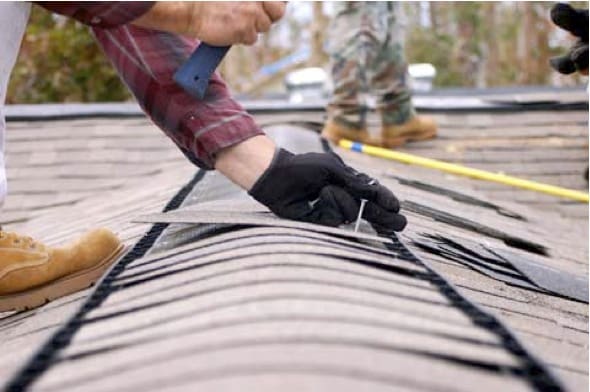They follow storms all over the country. They prey on vulnerable homeowners with property that has suffered hail damage or needs other storm damage repairs. They often leave a project half-finished or poorly done. Who are these so-called professionals?
Hail Chasers.

How to Recognize a Hail Chaser?
Hail chasers are common, so it is important for homeowners to know some warning signs. Hail chasers frequently …
- … go door-to-door after a damaging storm has passed through a neighborhood.
- … pressure owners into signing a contract
- … discuss ways to avoid paying the insurance deductible.
Protect Yourself
- Ask for identification, recent local references, proof of insurance, manufacturer certifications, an IL Roofing License, and a Certificate of Liability/Workers Compensation. Legitimate contractors will be able to provide all proper documentation. Also, call the agent listed on the licenses to ensure their validity.
- Hail Chasers often set up a temporary office, so visiting the contractor’s office is a great way to verify their legitimacy. TIP: If they only list a P.O. Box, this is a huge warning sign.
- Research the company through the Better Business Bureau
- Do not pay for any repair up front. Legitimate contractors will accept payment after storm damage repairs are completed to the owner’s satisfaction.
- Do not give personal information, like insurance policy or social security numbers.
